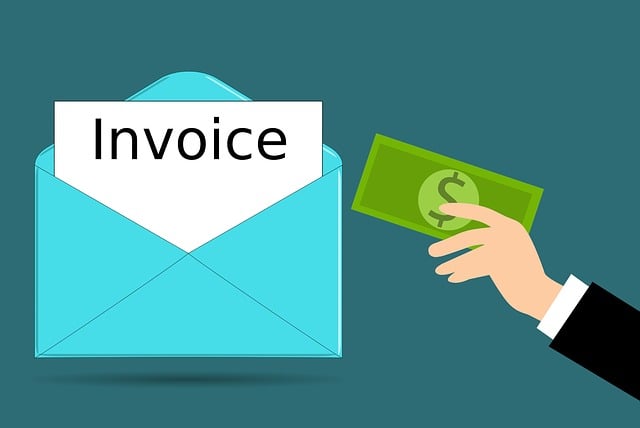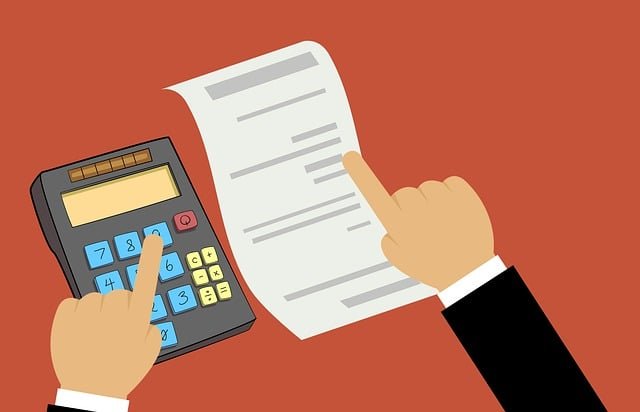Electronic – INVOICE SYSTEM

A.WHAT IS E-INVOICE?
‘E-Invoicing’ or ‘electronic invoicing’ is a system in which B2B invoices and a few other documents are authenticated electronically by GSTN for further use on the common GST portal.
Table of Contents
In its 35th meeting, the GST Council decided to implement a system of e-Invoicing, covering specific categories of persons, mostly large enterprises. Later on, it has been expanded to cover mid-sized businesses and small businesses as well.
B.WHO MUST GENERATE E-INVOICE?
The e invoice applicability can be explained as follows-
| PHASE | APPLICABLE TO TAXPAYERS HAVING AN AGGREGATE TURNOVER OF MORE THAN | APPLICABLE DATE | NOTIFICATION NUMBER |
| I | Rs 500 crore | 01.10.2020 | 61/2020 – Central Tax and 70/2020 – Central Tax |
| II | Rs 100 crore | 01.01.2021 | 88/2020 – Central Tax |
| III | Rs 50 crore | 01.04.2021 | 5/2021 – Central Tax |
| IV | Rs 20 crore | 01.04.2022 | 1/2022 – Central Tax |
| V | Rs 10 crore | 01.10.2022 | 17/2022 – Central Tax |
| VI | Rs 5 crore | 01.08.2023 | 10/2023 – Central Tax |

C.WHO IS NOT APPLICABLE IN TO E-INVOICING?
The following categories of taxpayers are explicitly exempted from this process, see below the e invoice exemption list: B2C INVOICE ,Insurance Company. Banking Company or a Financial Institution, including a Non-Banking Financial Company (NBFC) Goods Transport Agency (GTA) transporting goods by road in a goods carriage.
D.BENEFIT OF E-INVOICING
- Real-time tracking of invoices: e-Invoicing allows real-time tracking of invoices prepared by a supplier. This allows for faster availability of input tax credit (ITC).
- One-time reporting of B2B invoices: Under e-invoicing, a taxpayer has to report the invoices just once, and get it authenticated by the Invoice Registration Portal (IRP), which validates the invoice and issued the Invoice Reference Number (IRN). Upon authentication, the details will be auto-populated to the GSTR-1 return. This reduces the manual reporting process that was previously carried out.
- Reduction in frauds: Real-time availability of data with tax authorities will lead to a reduction in frauds.
- Helps the buyers: e-Invoice once uploaded on the GST portal for authentication will be shared with the buyer as well on his e-mail ID mentioned on the e-invoice. This will help the buyer to reconcile his purchase order with the e-invoice and also accept/reject the invoice on a real-time basis.
- QR code: The GST invoices are essential for calculating the amount of ITC. An Assessee may misplace an invoice that was issued or may require additional copies of the same invoice. In such cases, the QR code will be of great help. By scanning this code, the Assessee can generate the invoice any number of times in a PDF format.

E.DISADVANTAGES OF E-INVOICING SYSTEM
The main purpose of the introduction of e-invoicing is the reduction of tax evasion. But the new system only facilitates e-invoicing of B2B invoices and not B2C invoices. The maximum number of frauds happen in B2C invoices as no ITC is involved. Thus, such a system should come into force which allows customers to report non-compliant invoicing and thus help to curb tax evasion at its source.



